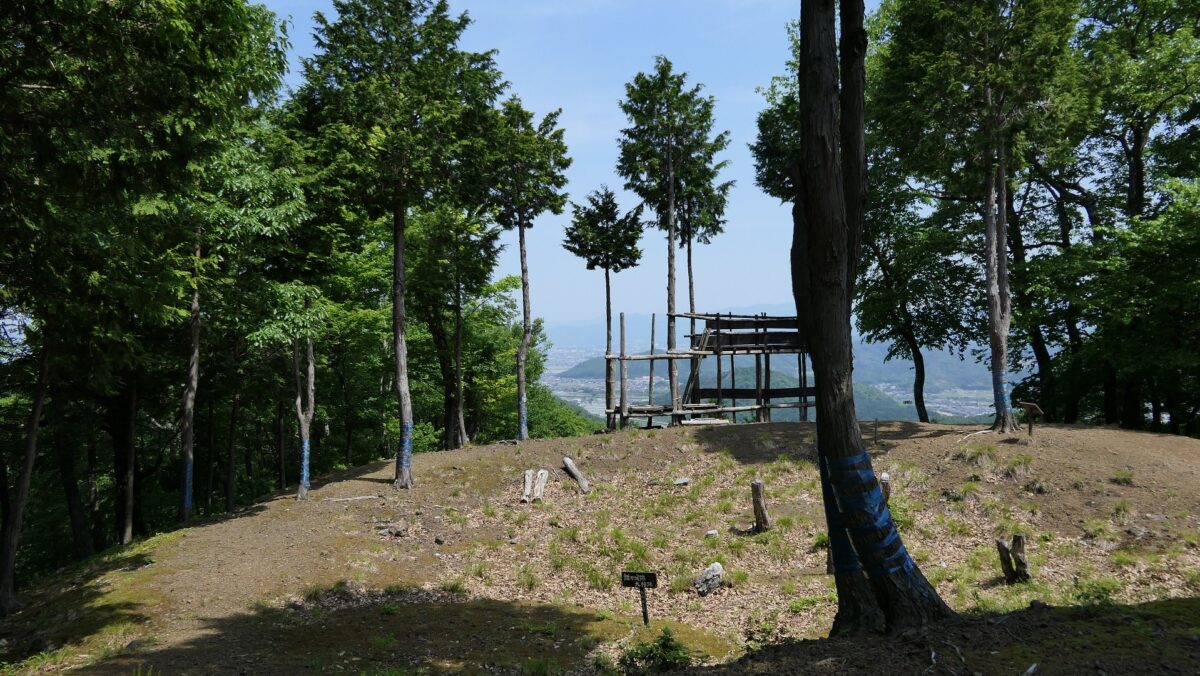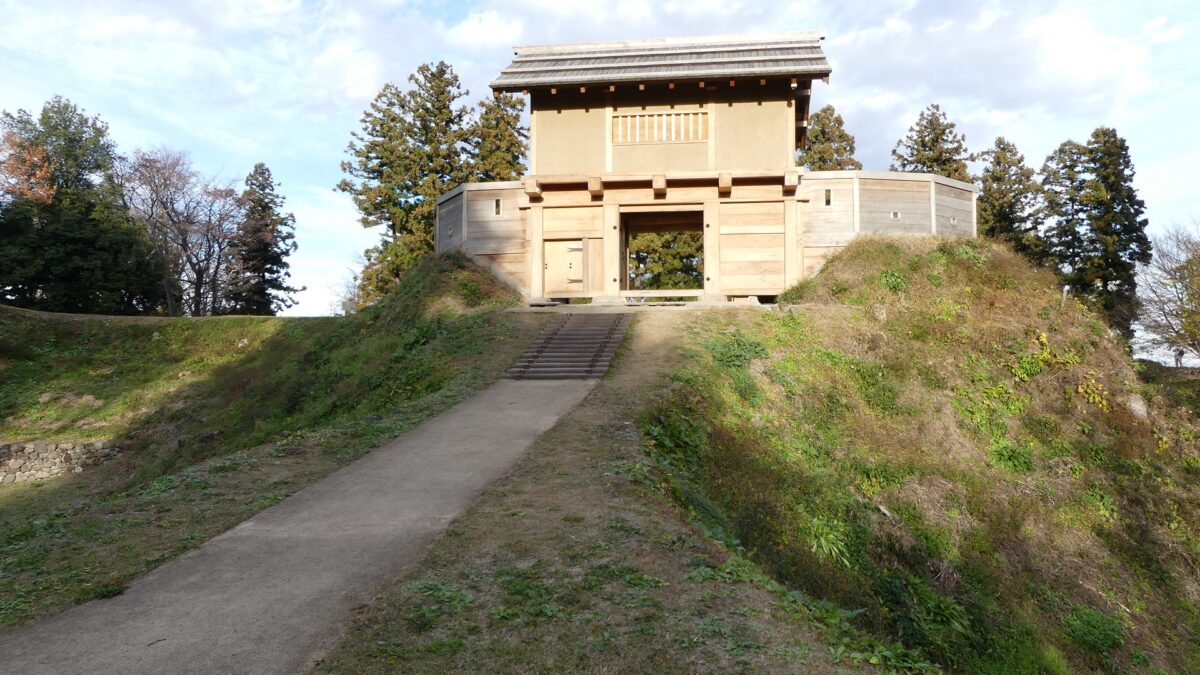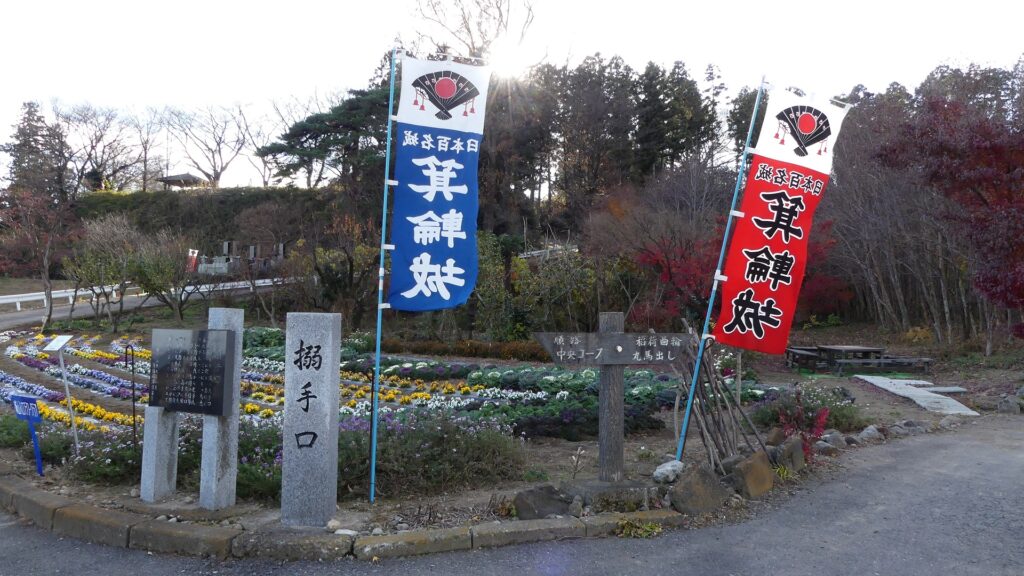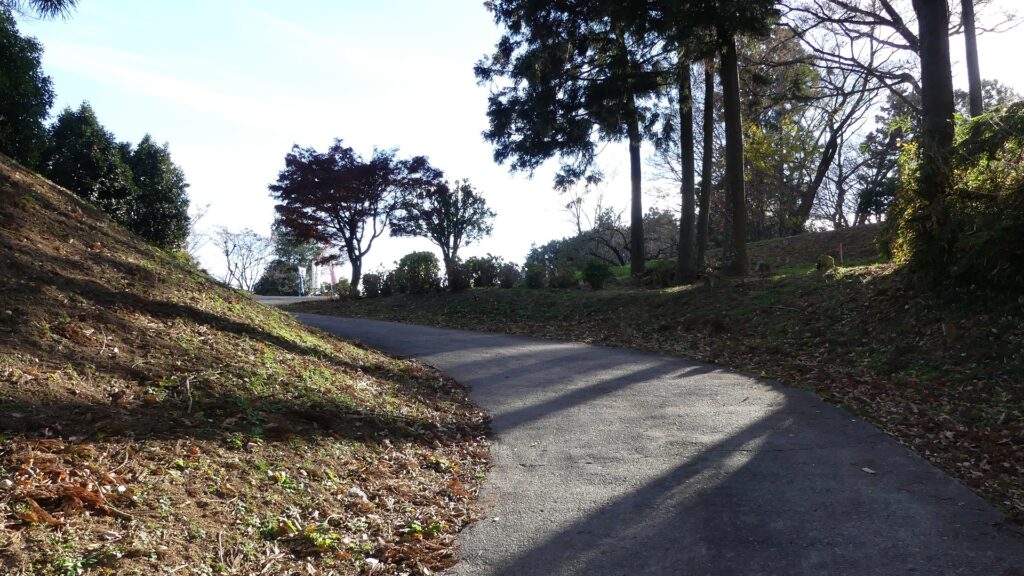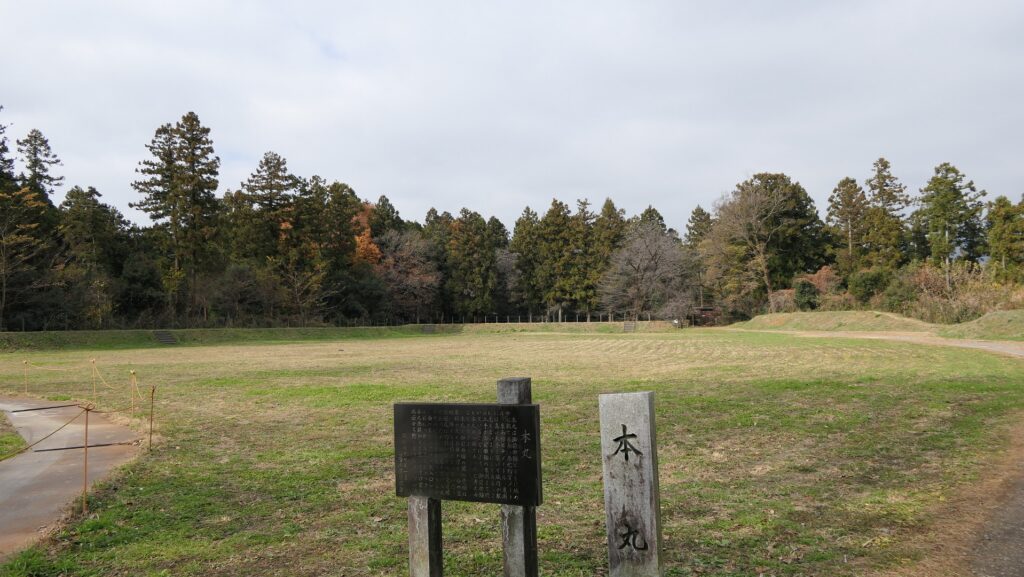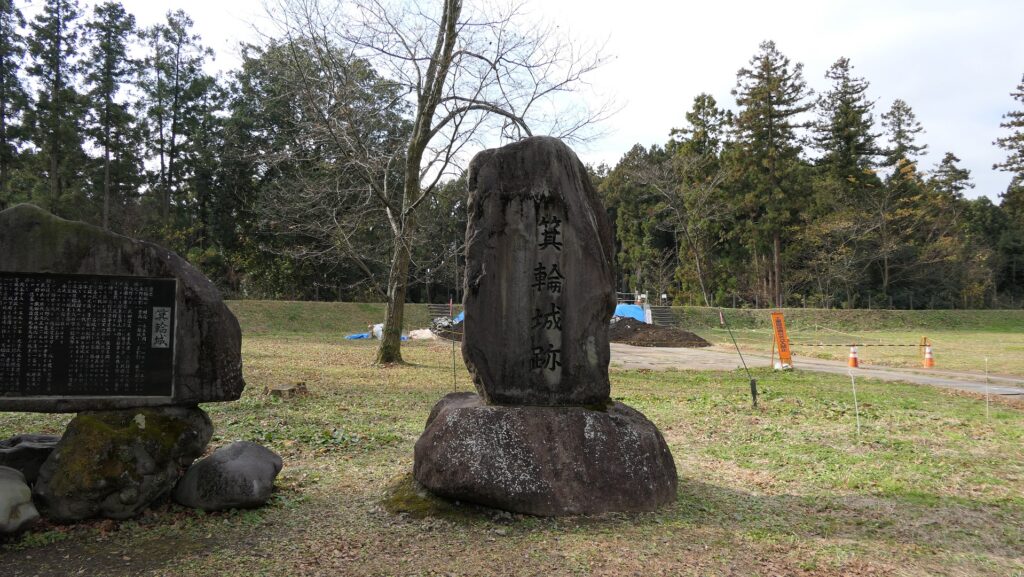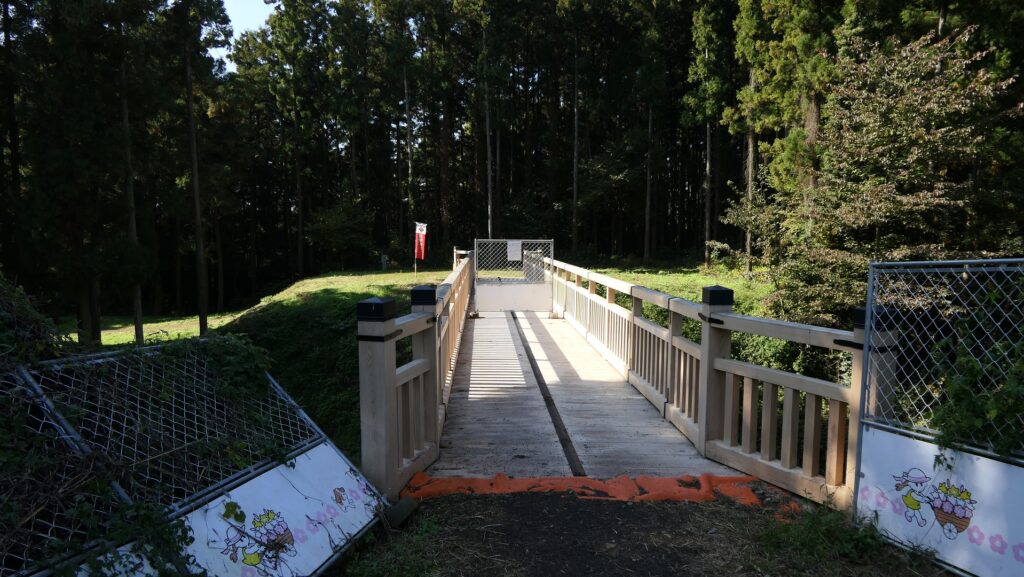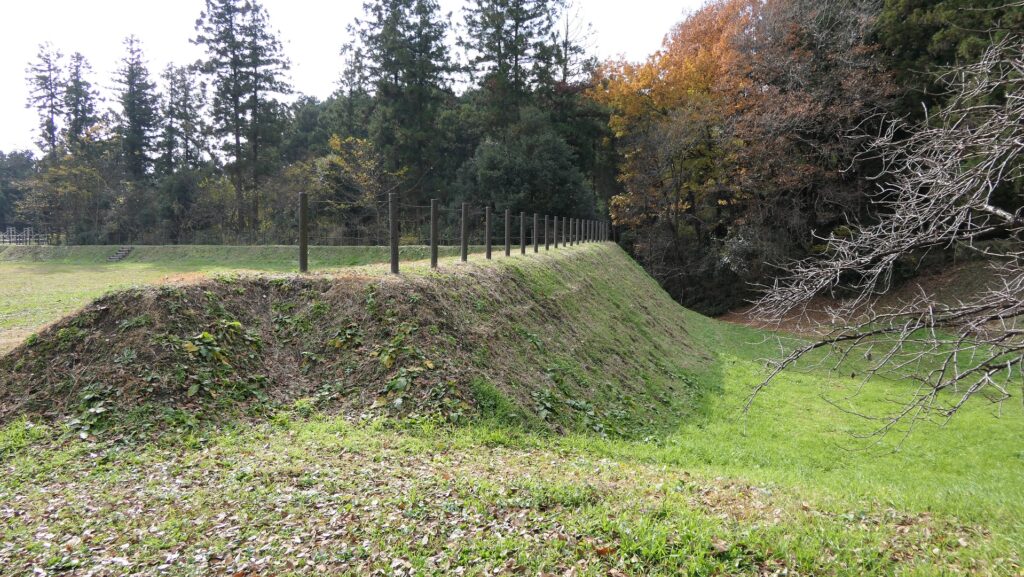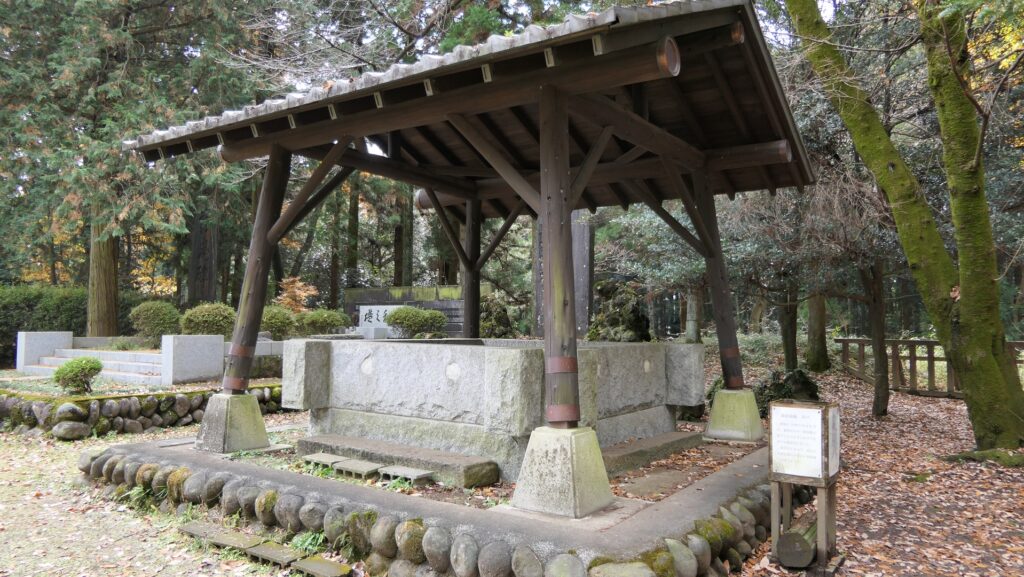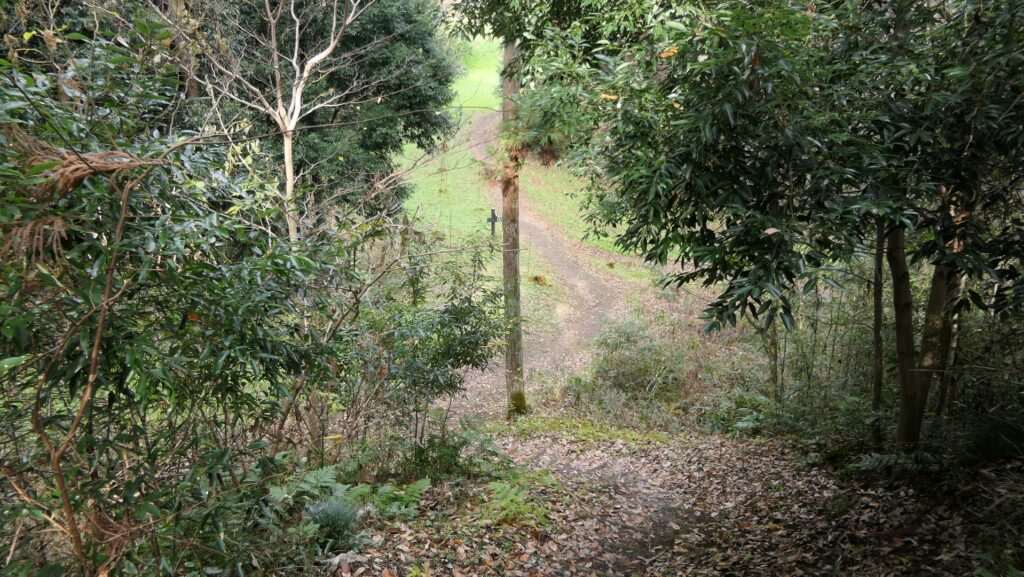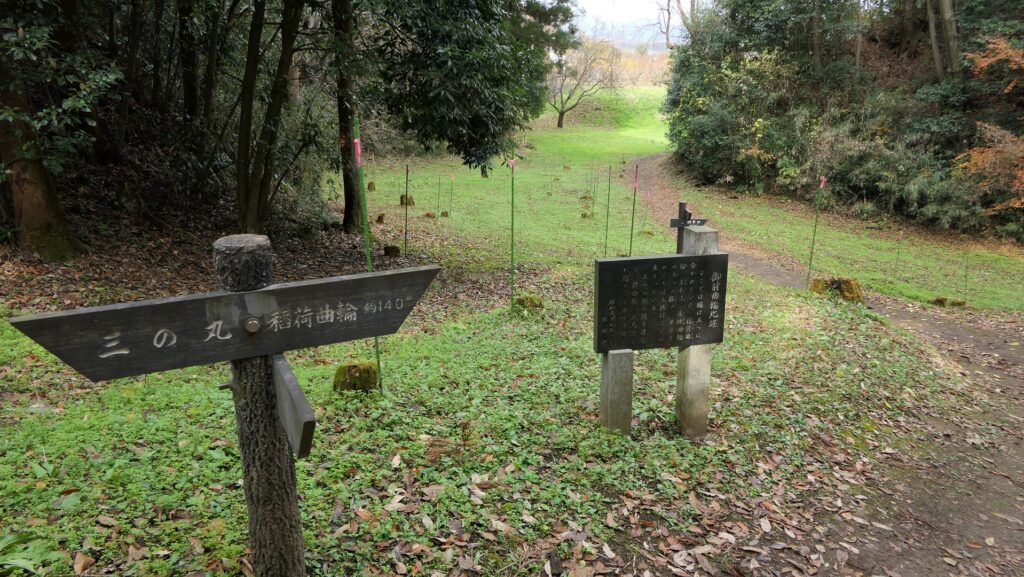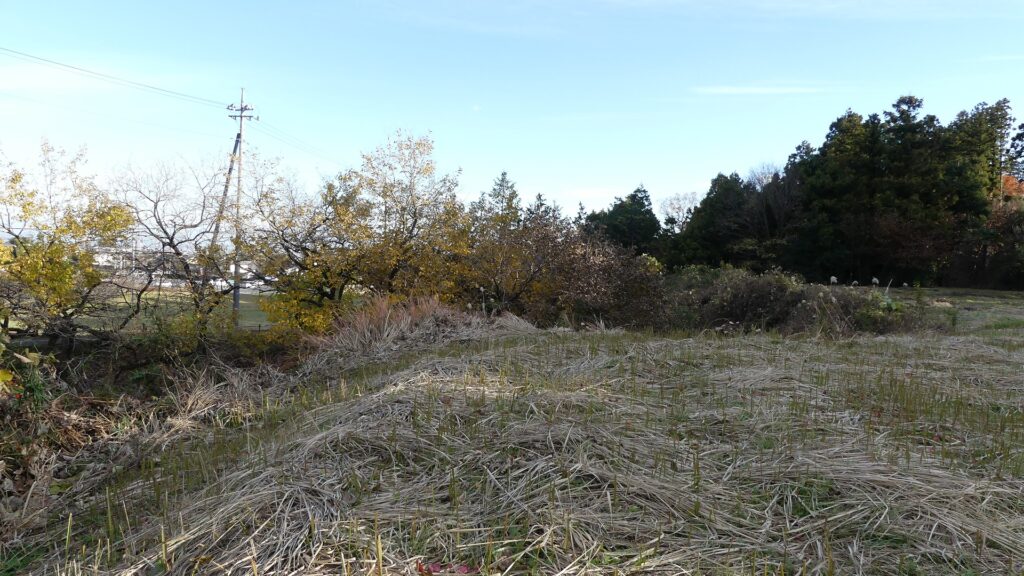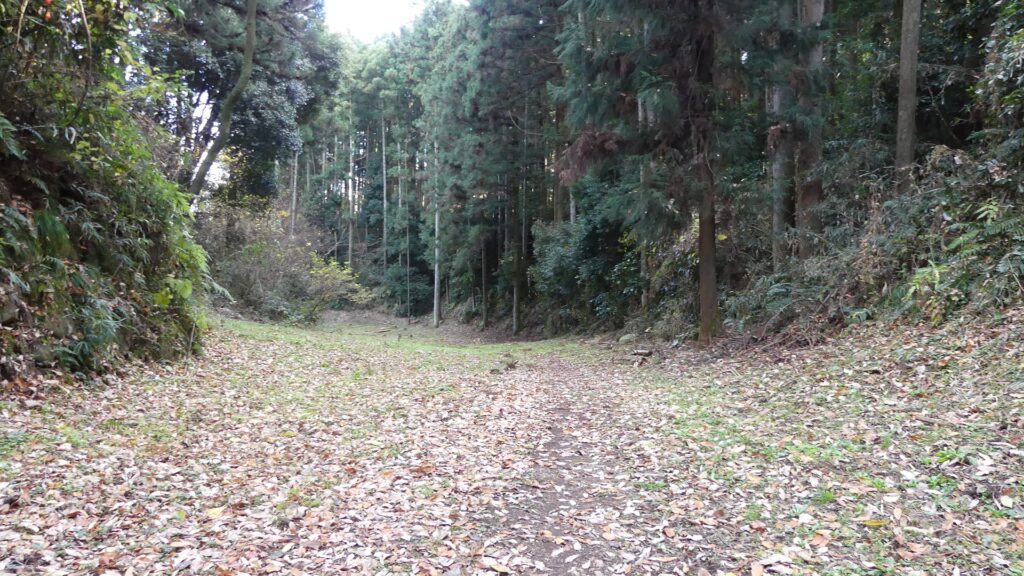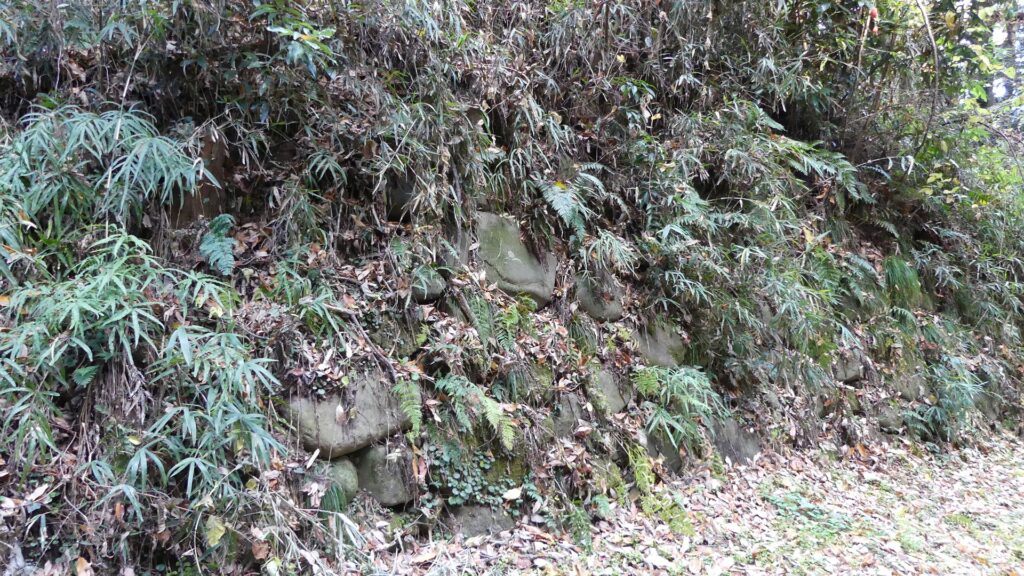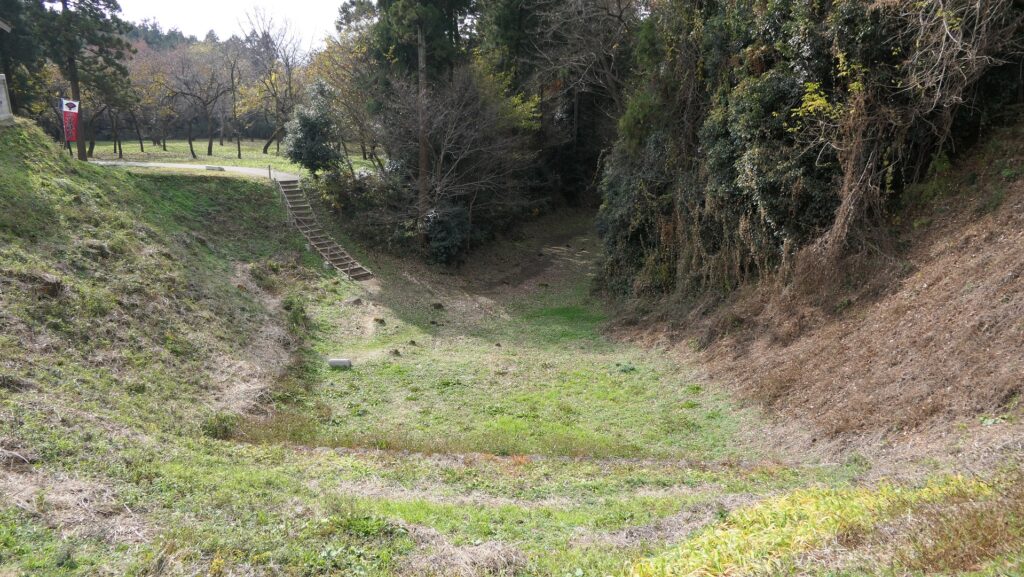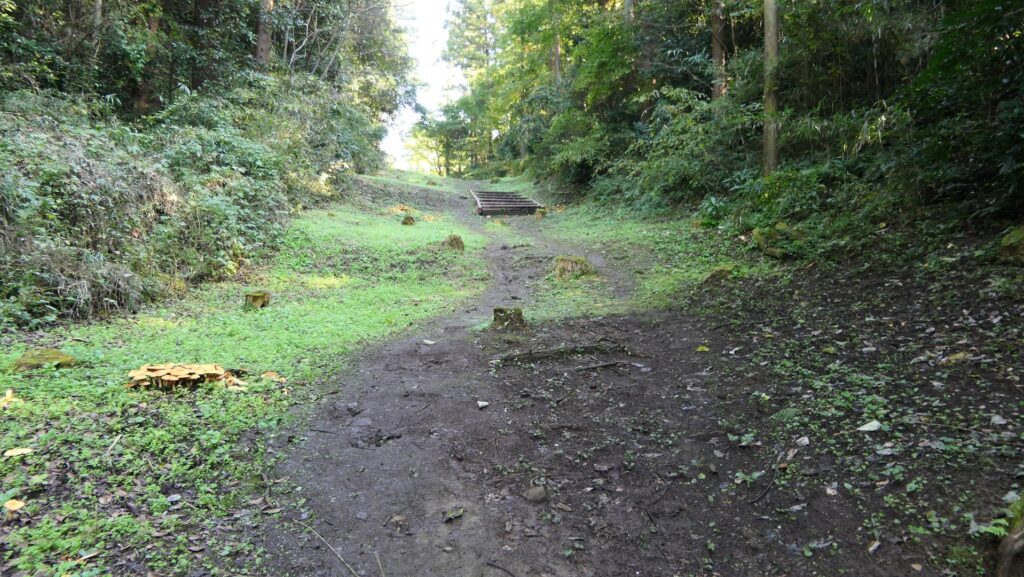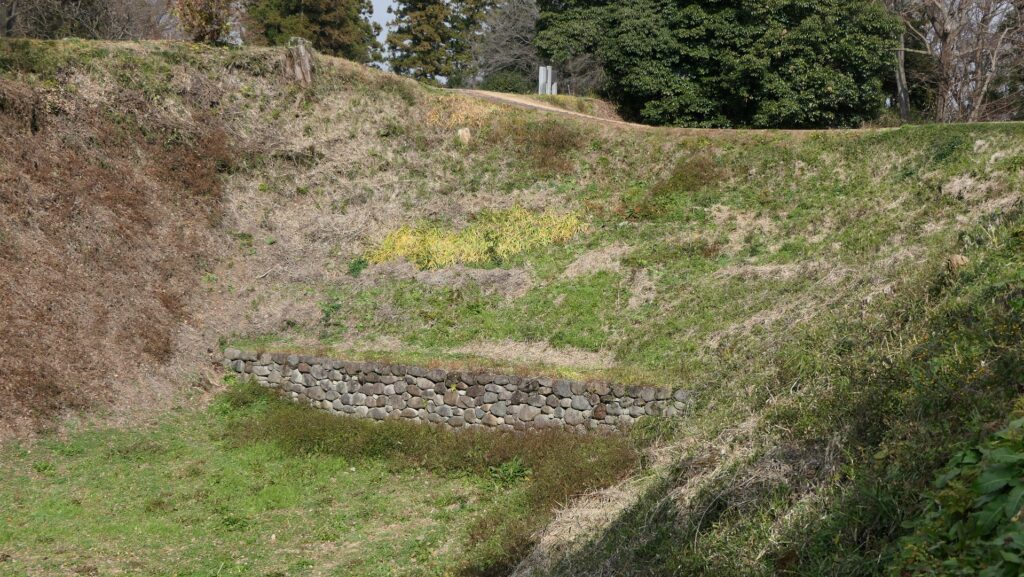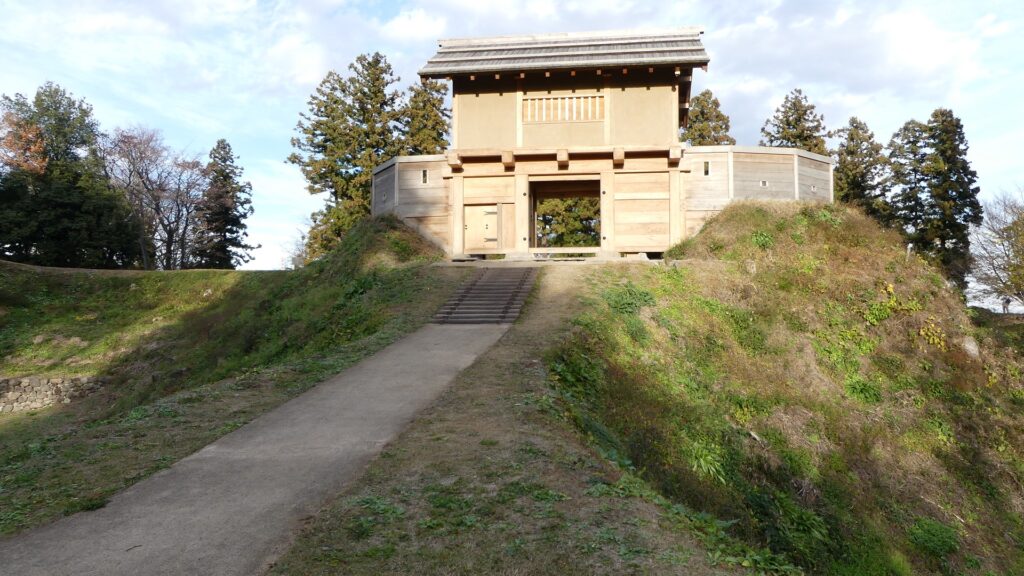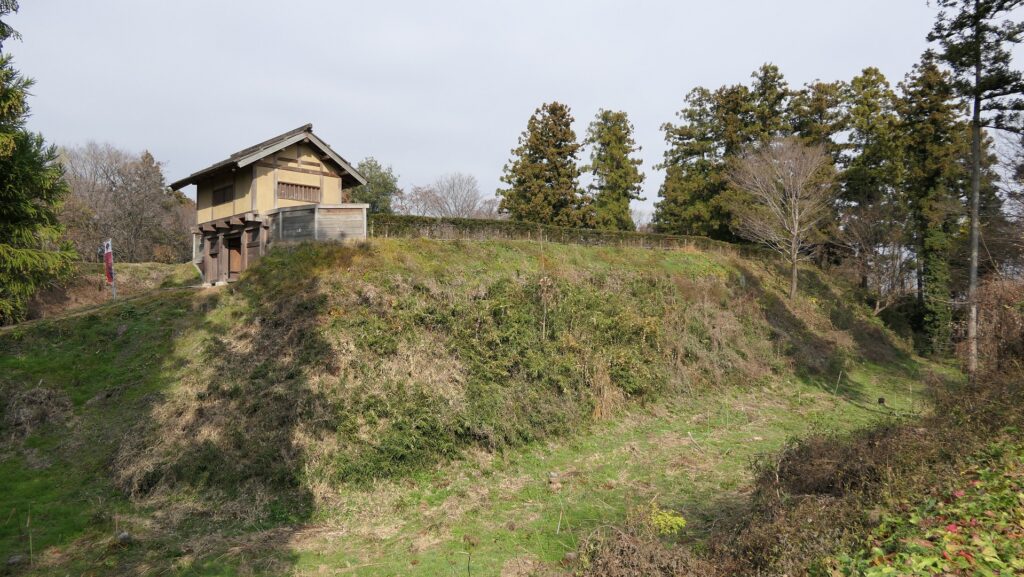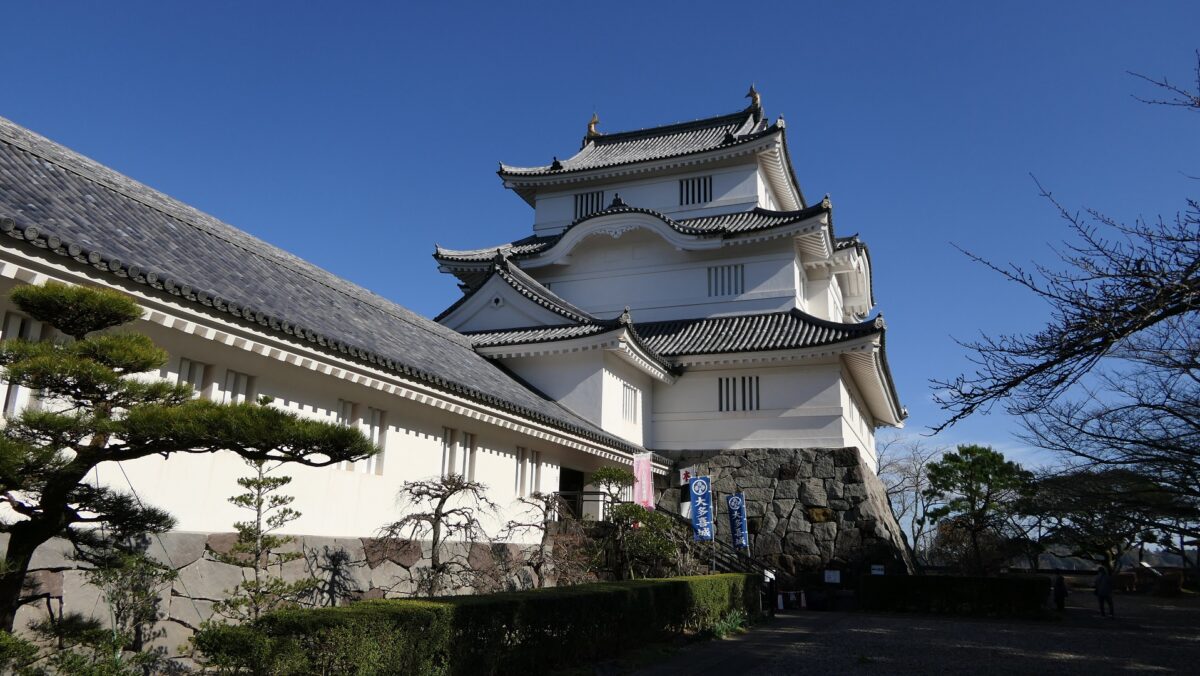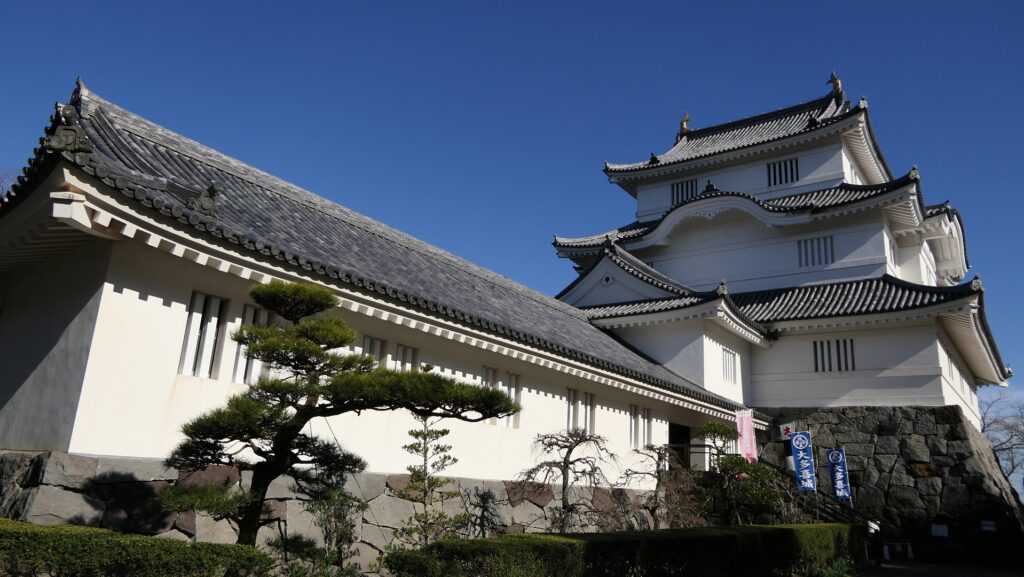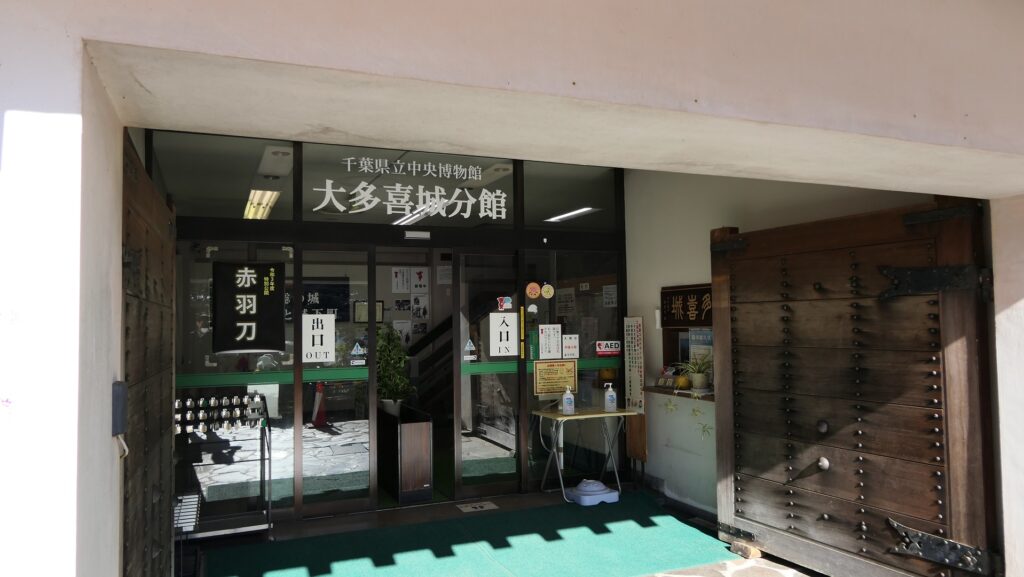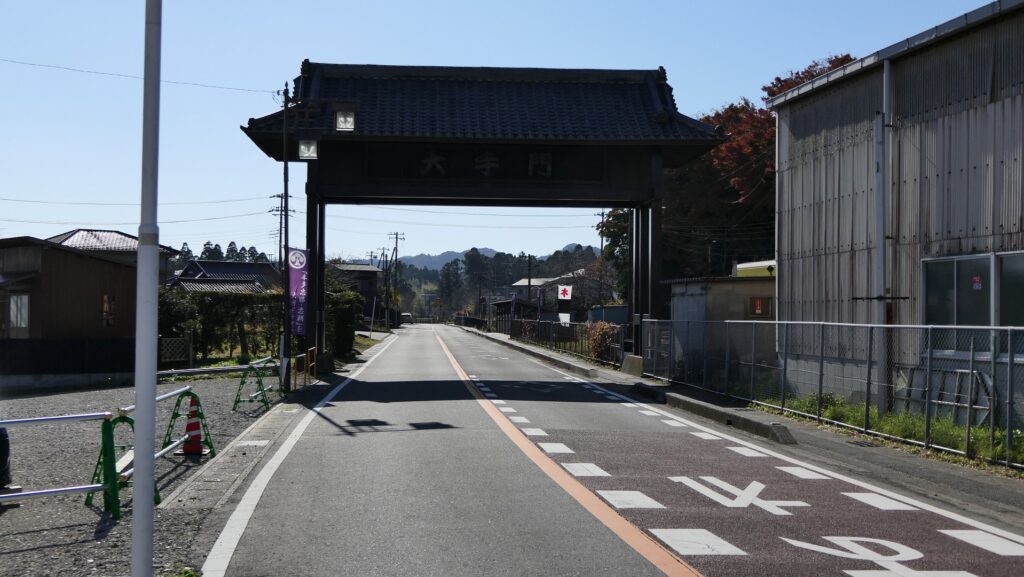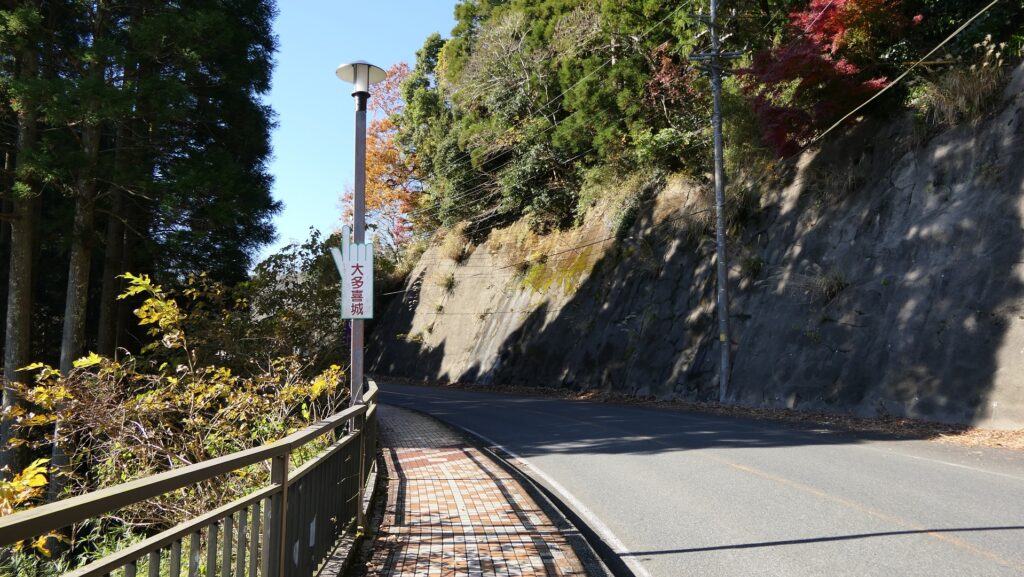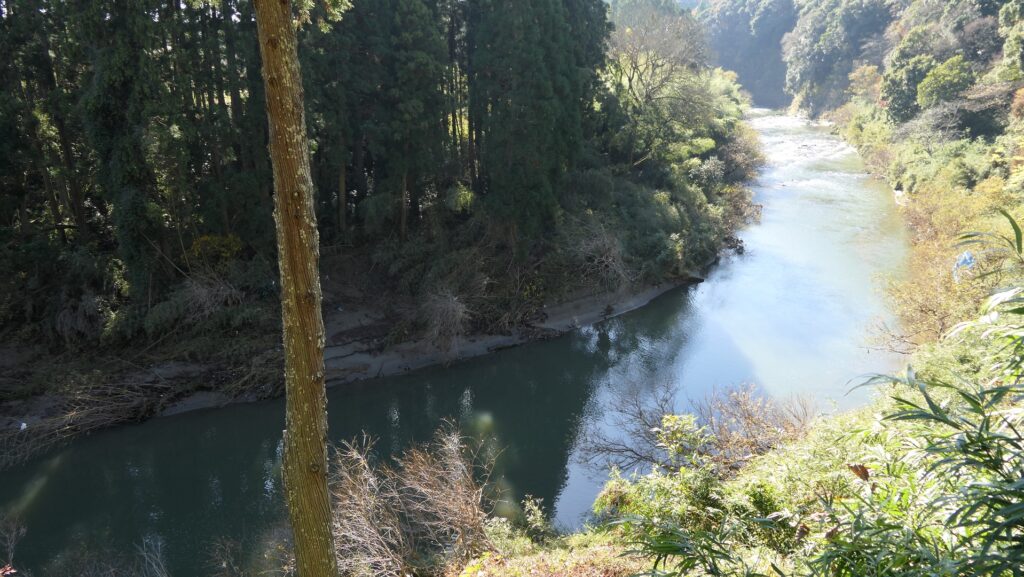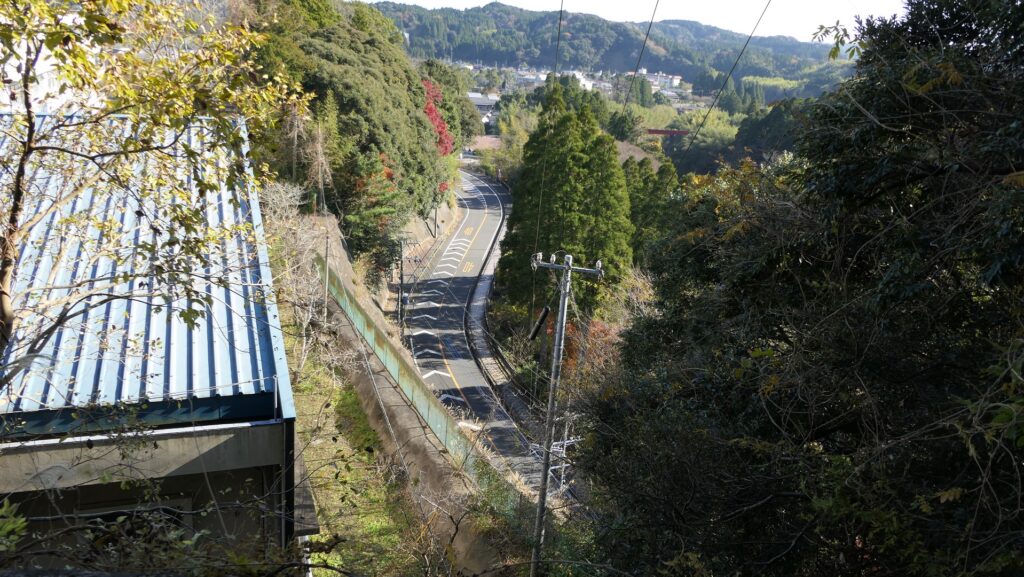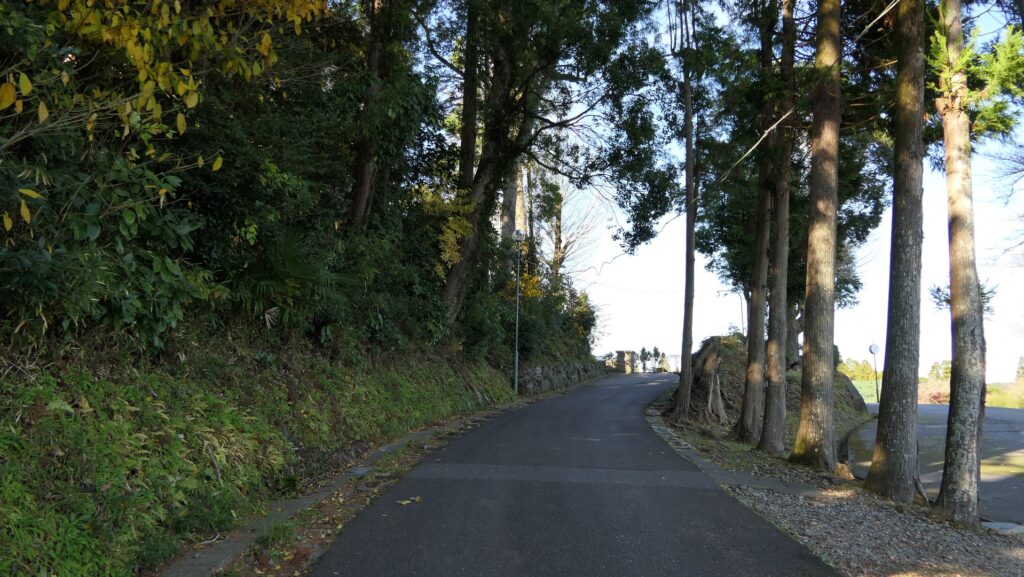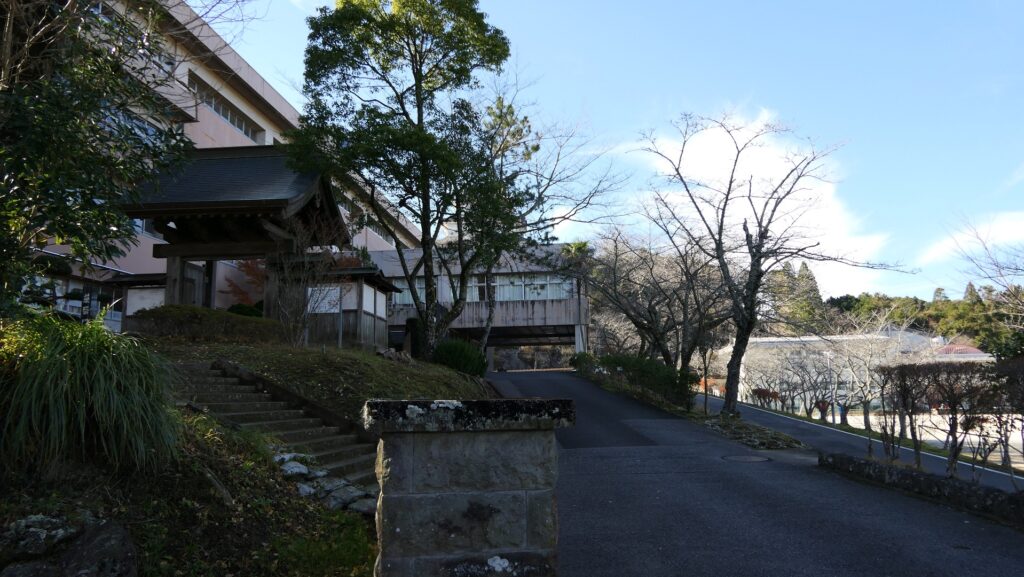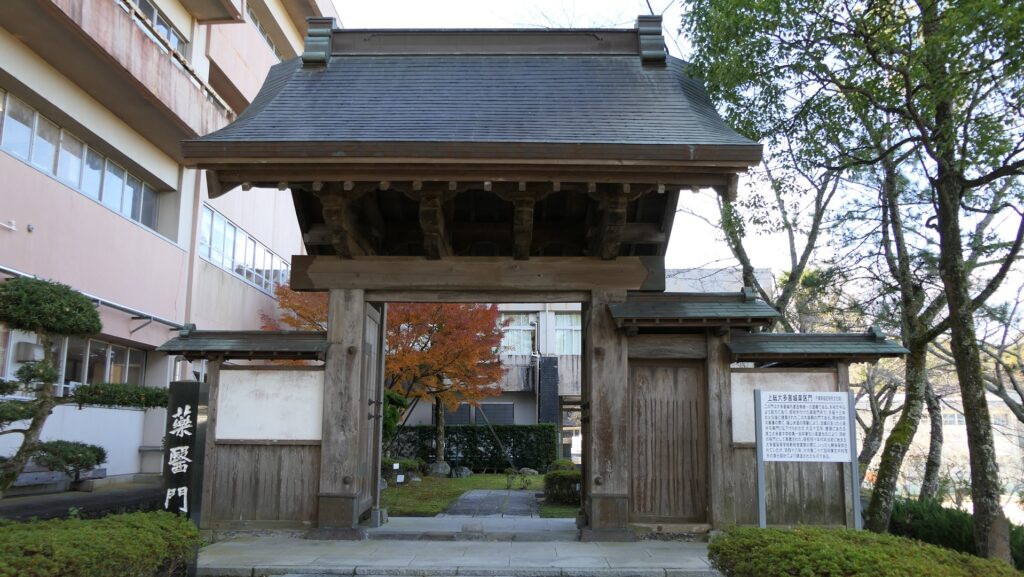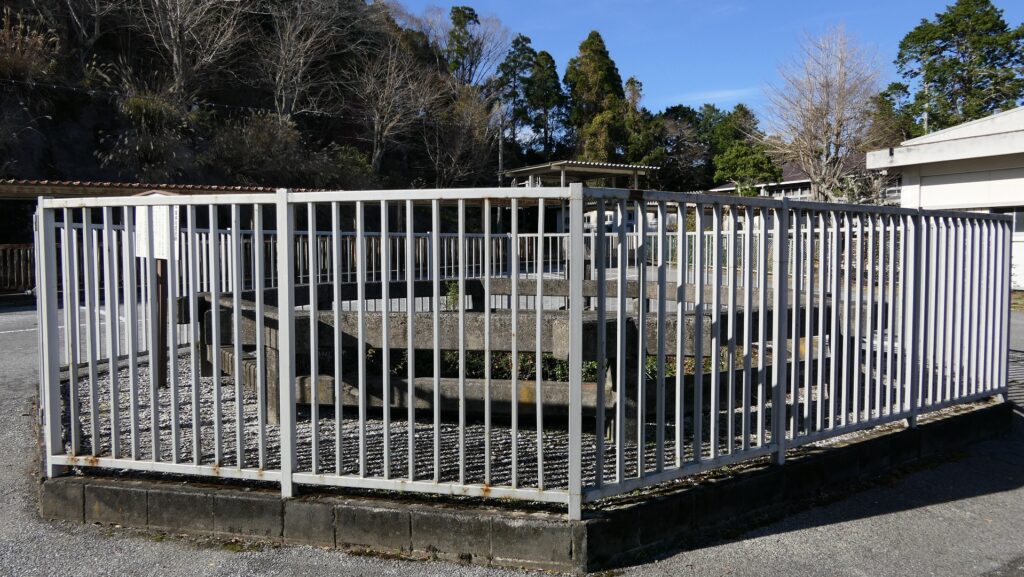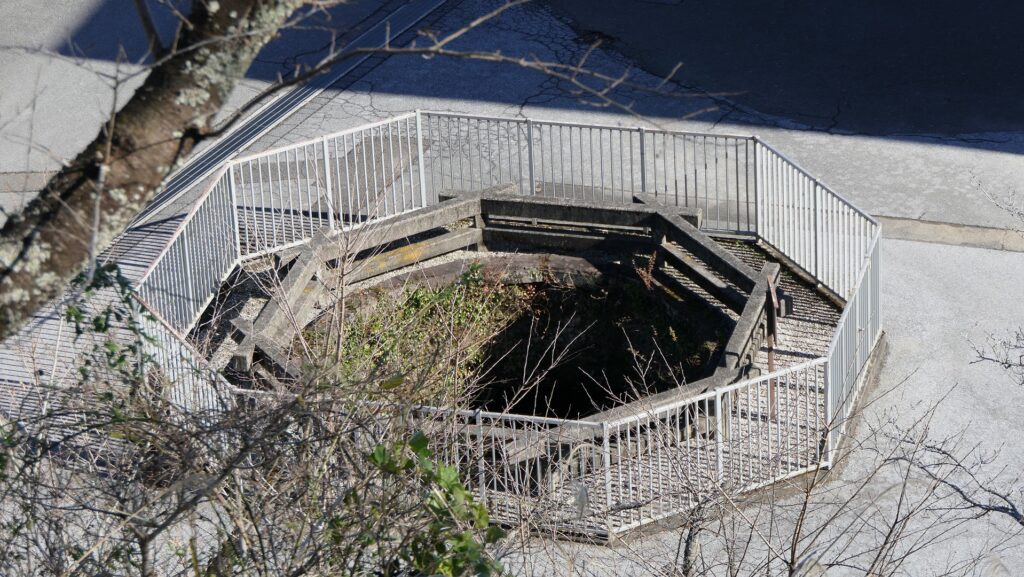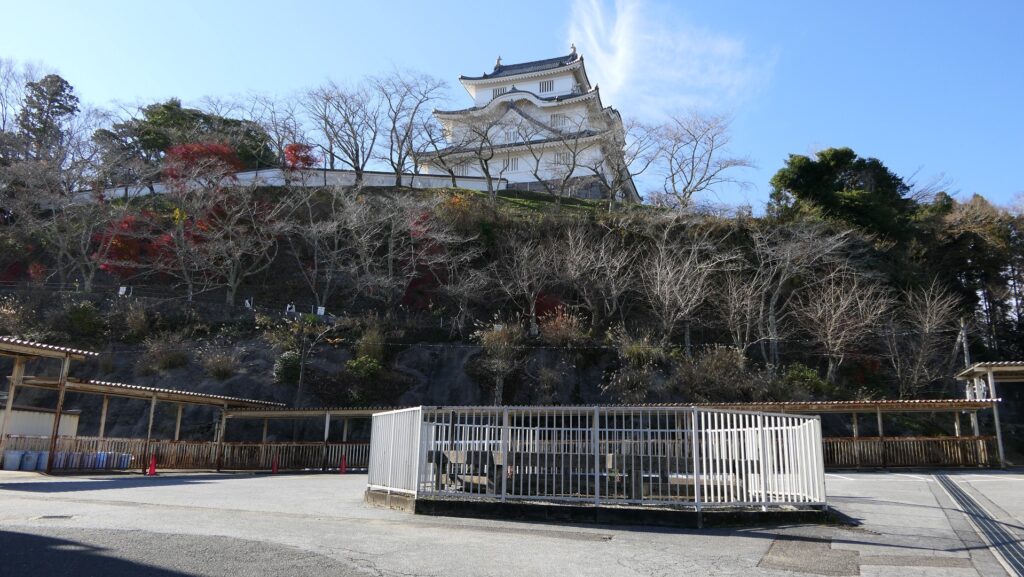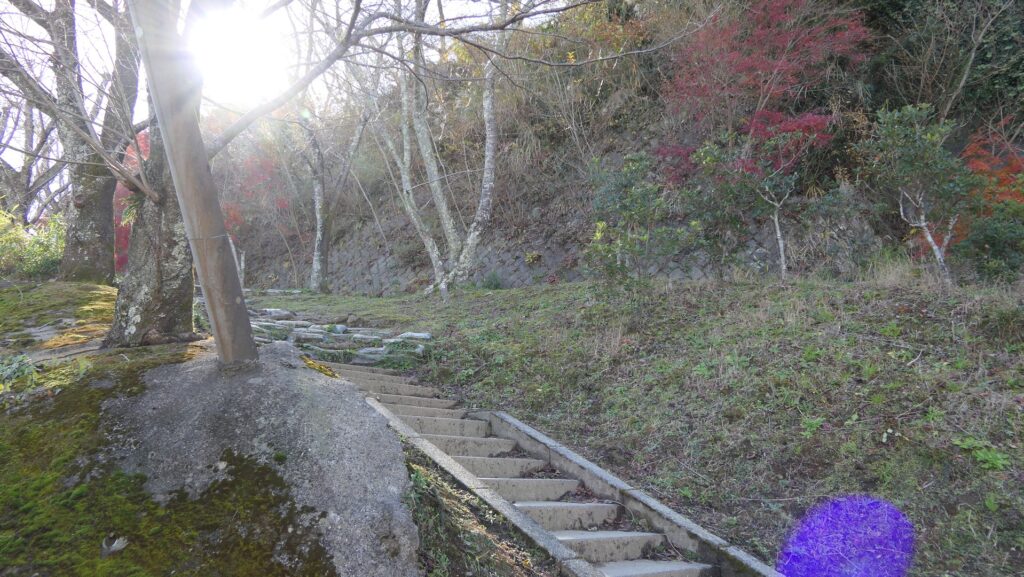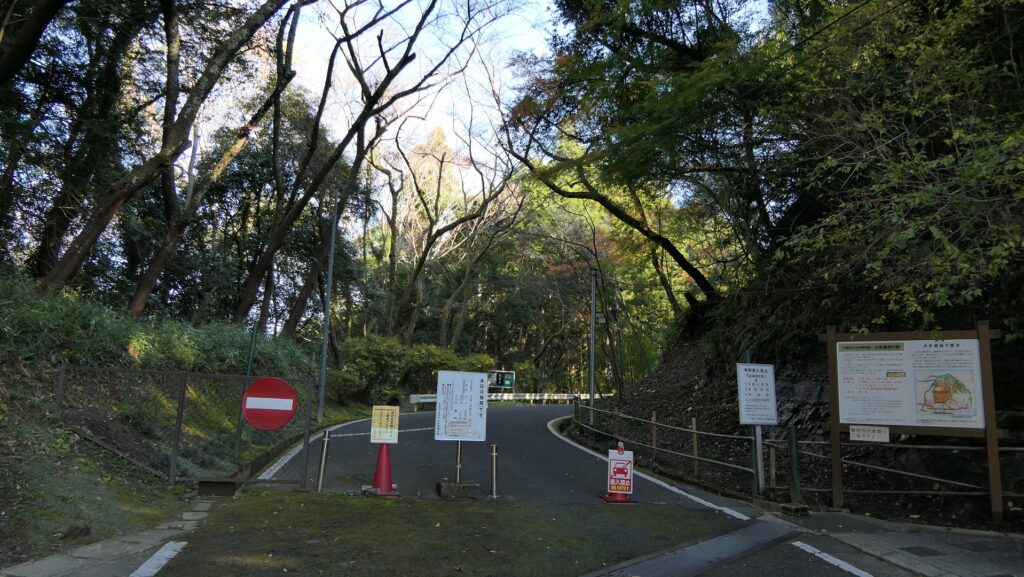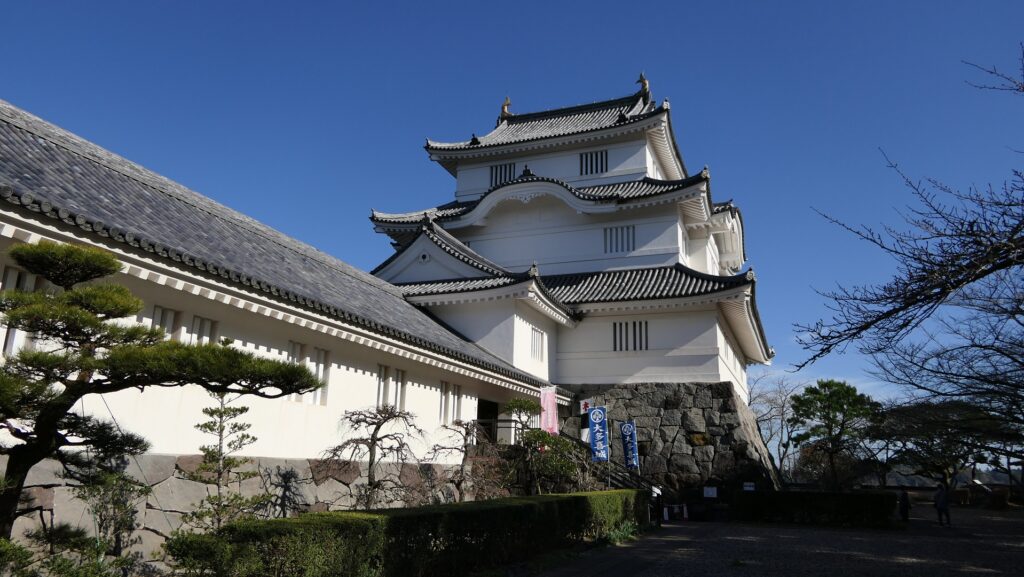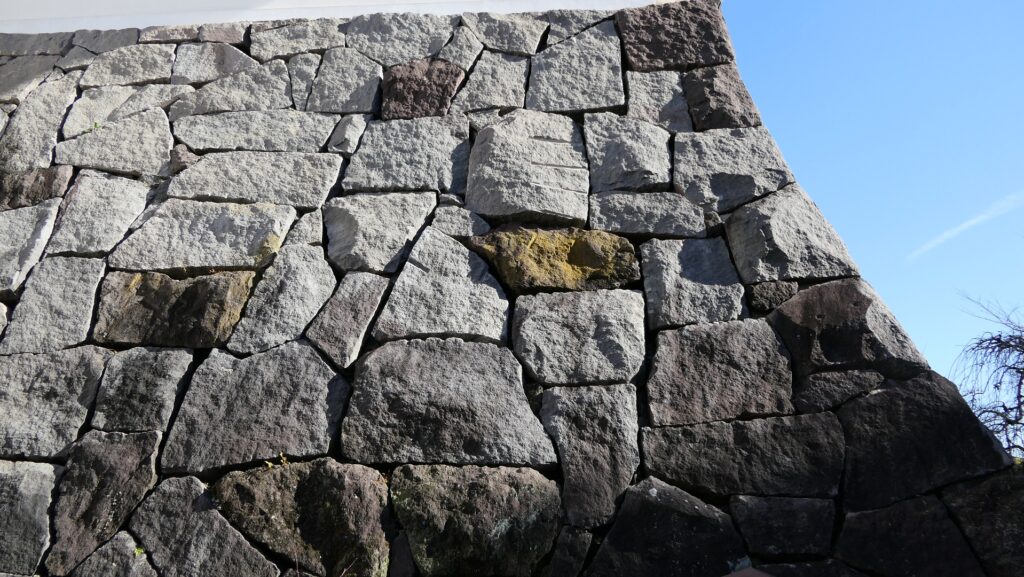Features
Several Routes to Castle Ruins
Today, visiting the ruins of Kamaha Castle needs climbing up the mountain. There are several routes for visiting them. Probably the popular ones are from the old Banba Station on the old Nakasendo Road, because they reach the front side of the castle. You have to walk on the routes for about 1 hour, but many signs will lead you along the way. From the station, you will first go through the underpasses of Hikone44 or 43 of the Meshin Expressway. You have to open and close the front wire netting gate in order to shut animals outside it when you pass. The inside of the gate is basically the animal kingdom now. the route from Hikone44 is relatively smooth but longer, and the one from Hikone43 is shorter but comparatively steeper. The route from Hikone43 seemed to be the original Main Route.
The map around the castle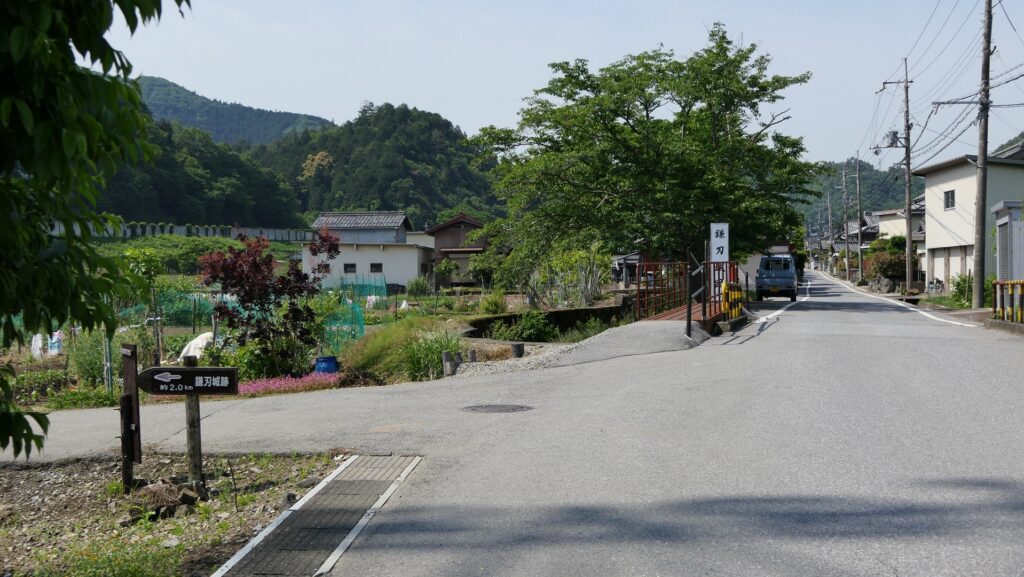
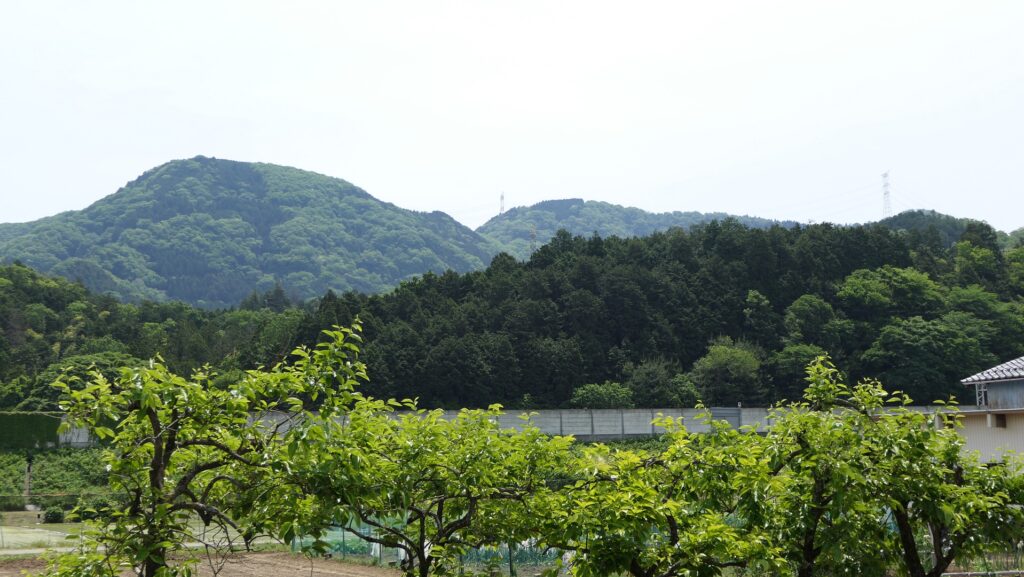

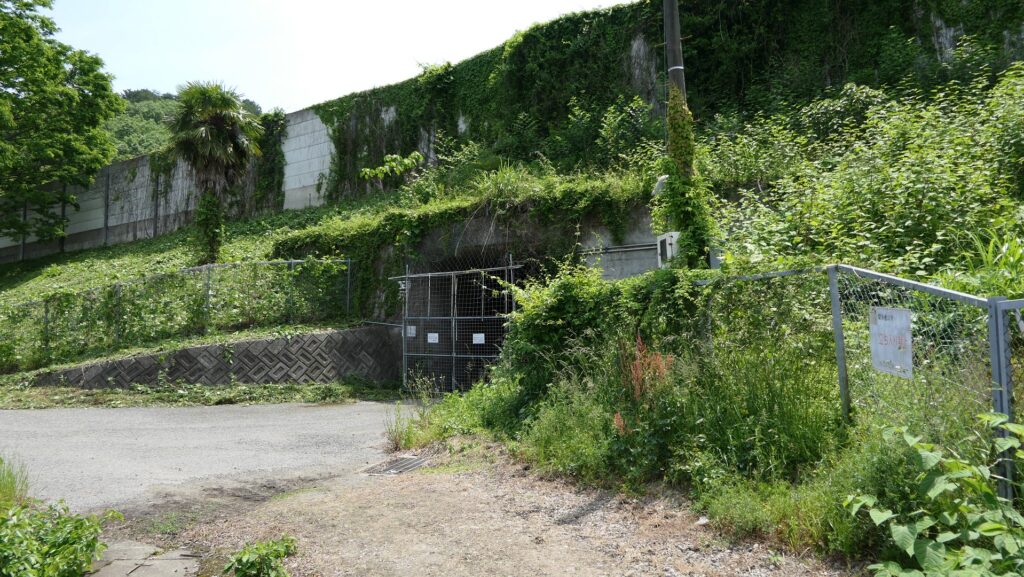
If you choose the route from Hikone44, the first part of your visit is completely a trek. You will go on the trail along natural valleys and ridges for over 30 minutes. The signs will show you when you are close to the castle ruins. You will also find a bear-avoiding bell that you can ring. You may not visualize there was an advanced castle where many people usually used it over such a place.

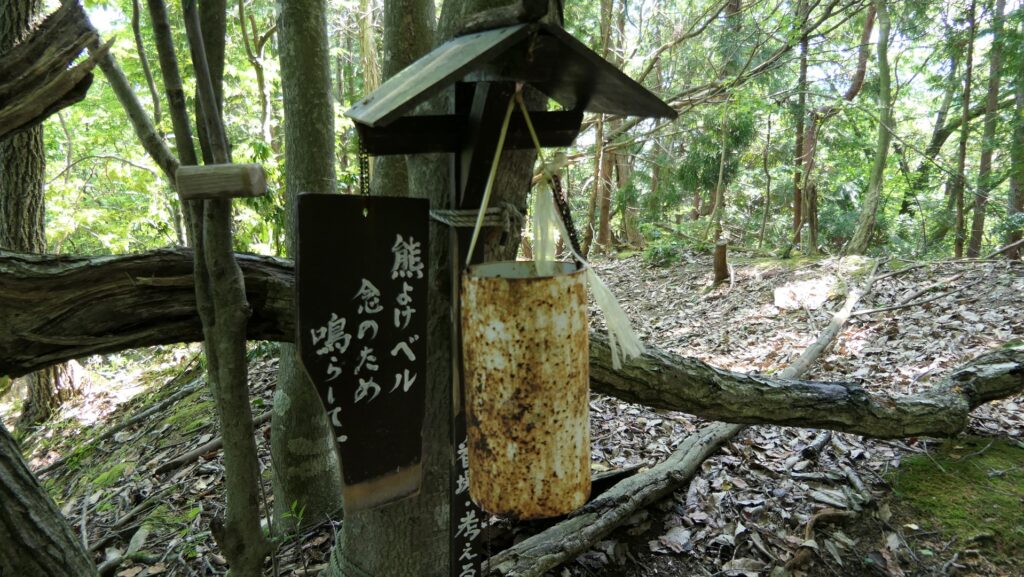
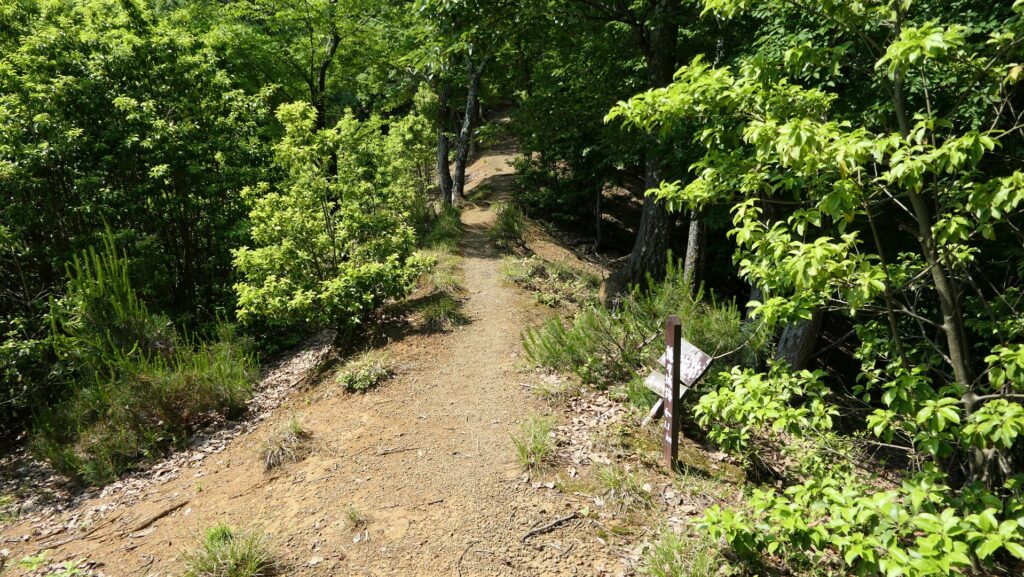
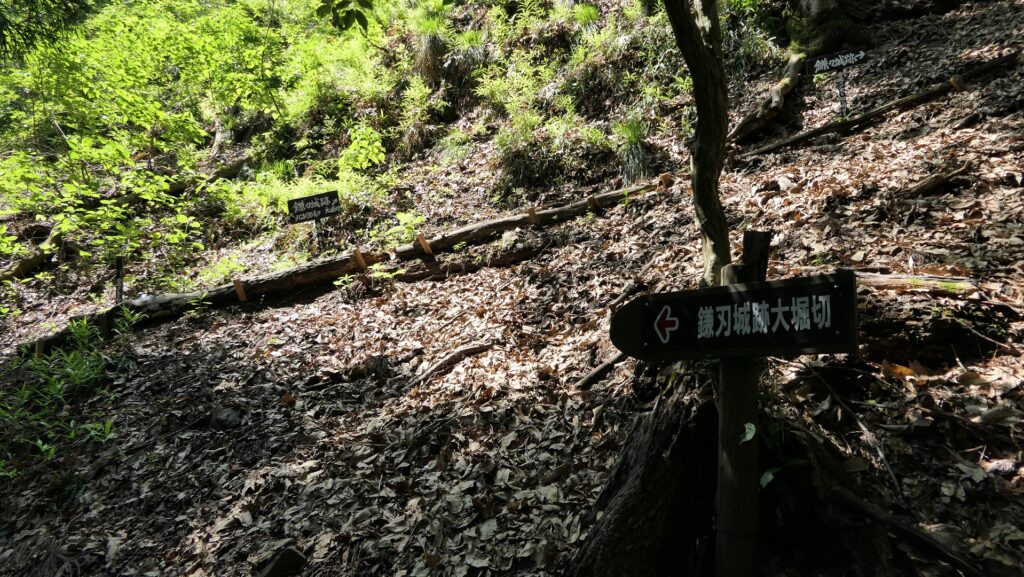
Large Ditch and Stone Walls
You will first reach the Large Ditch in the northern edge of the castle. It may look like a natural valley, but, in fact, it is artificial. The enclosure behind the ditch is called the North VI.
The map around the castle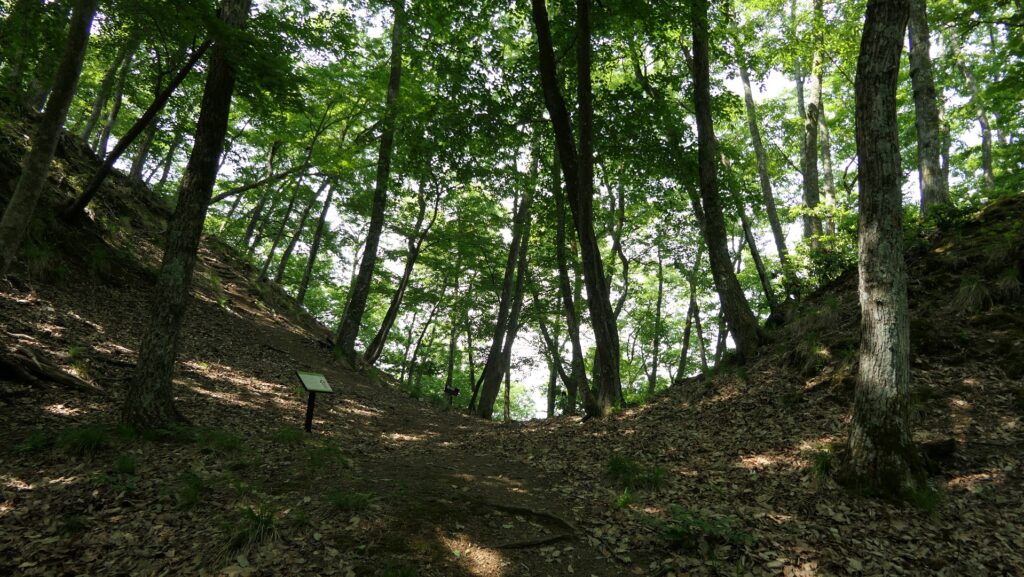

You can see the Large Stone Walls in the western side of the enclosure. These stone walls were made in a unique method which uses clay to fill in the gaps.
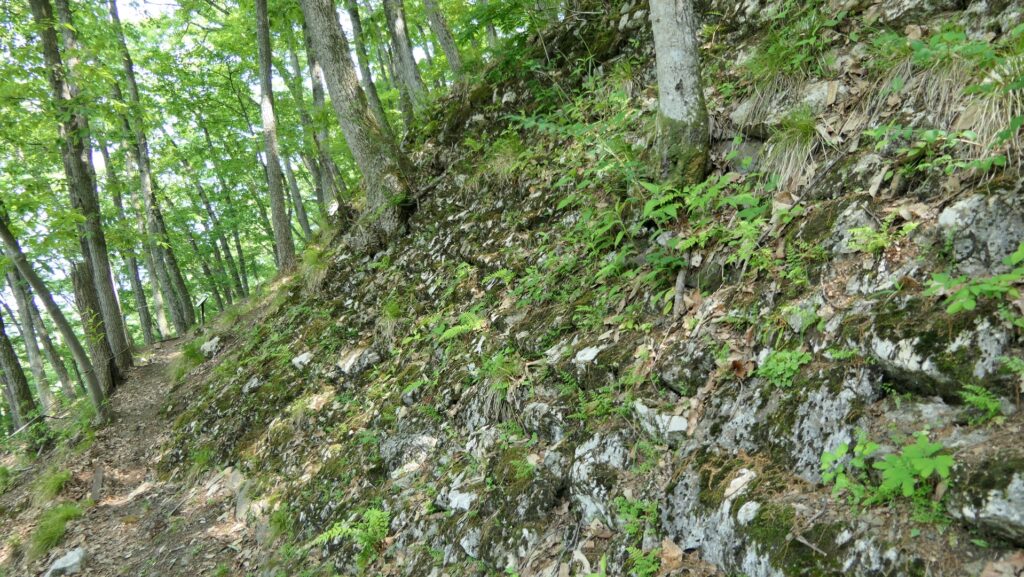

Ruins of Large Turret and Entrance
Large scale earthen walls also remain on the enclosure, which supported the Large Turret in the past. A simple wooden observation platform stands there now.
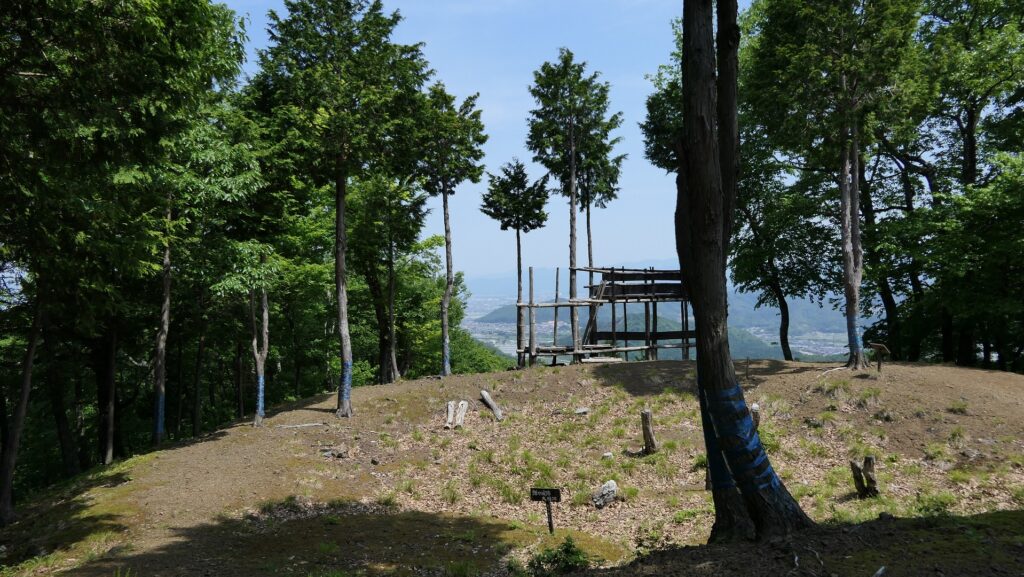
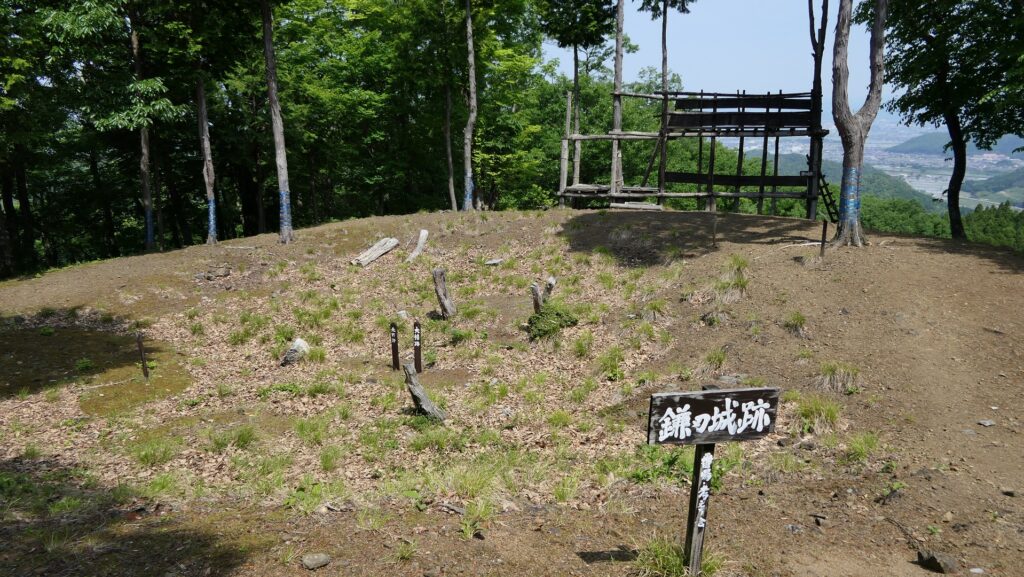

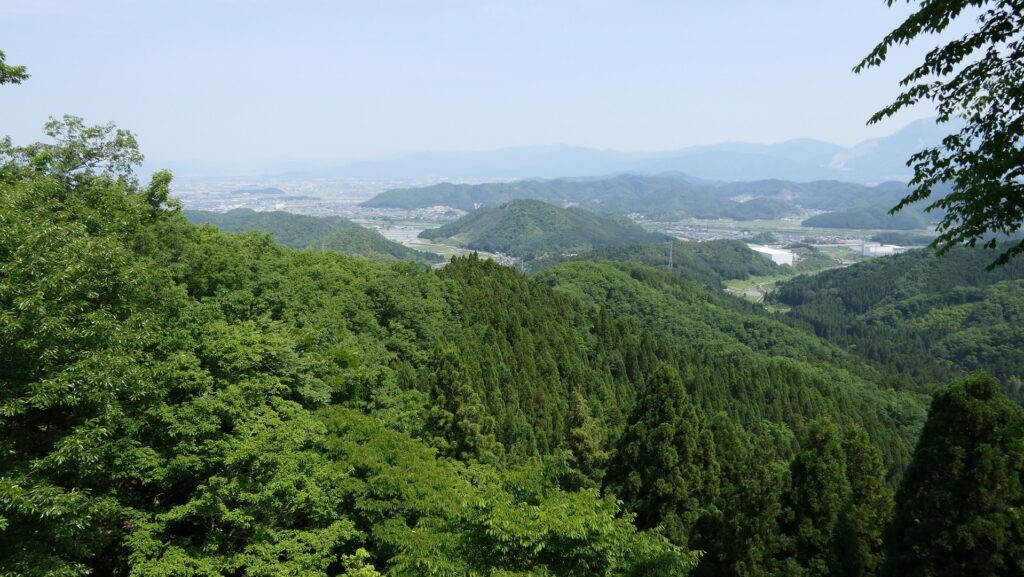
The next part is the North V Enclosure which has the other entrance ruins with stone steps and stone mound than those in the Main Enclosure.


After that is the North IV Enclosure has another wooden observation platform for visitors probably because it is a good viewing spot. You can enjoy a good view of the Omi Plain beside Biwa Lake.
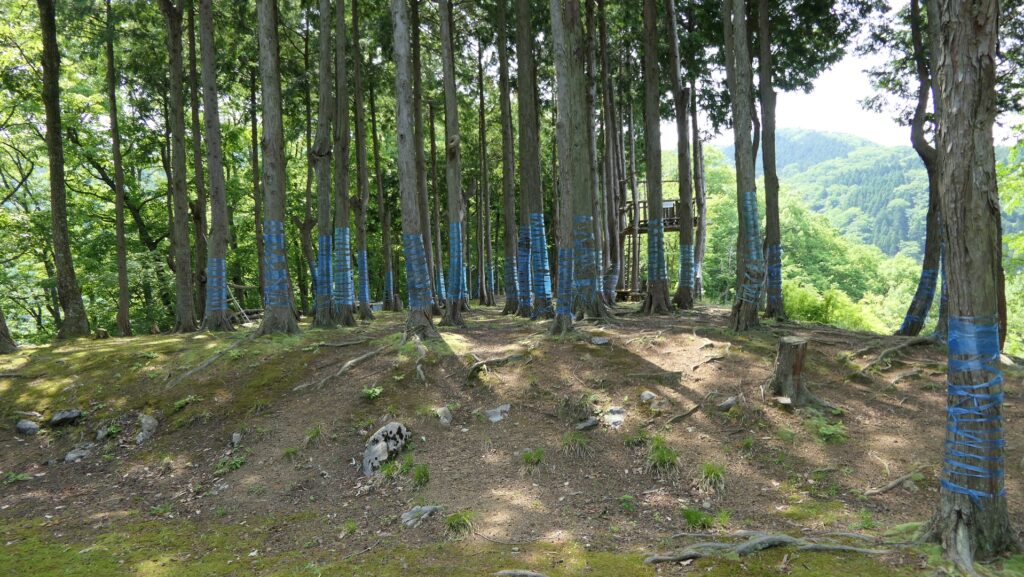


To be continued in “Kamaha Castle Part3”
Back to “Kamaha Castle Part1”

